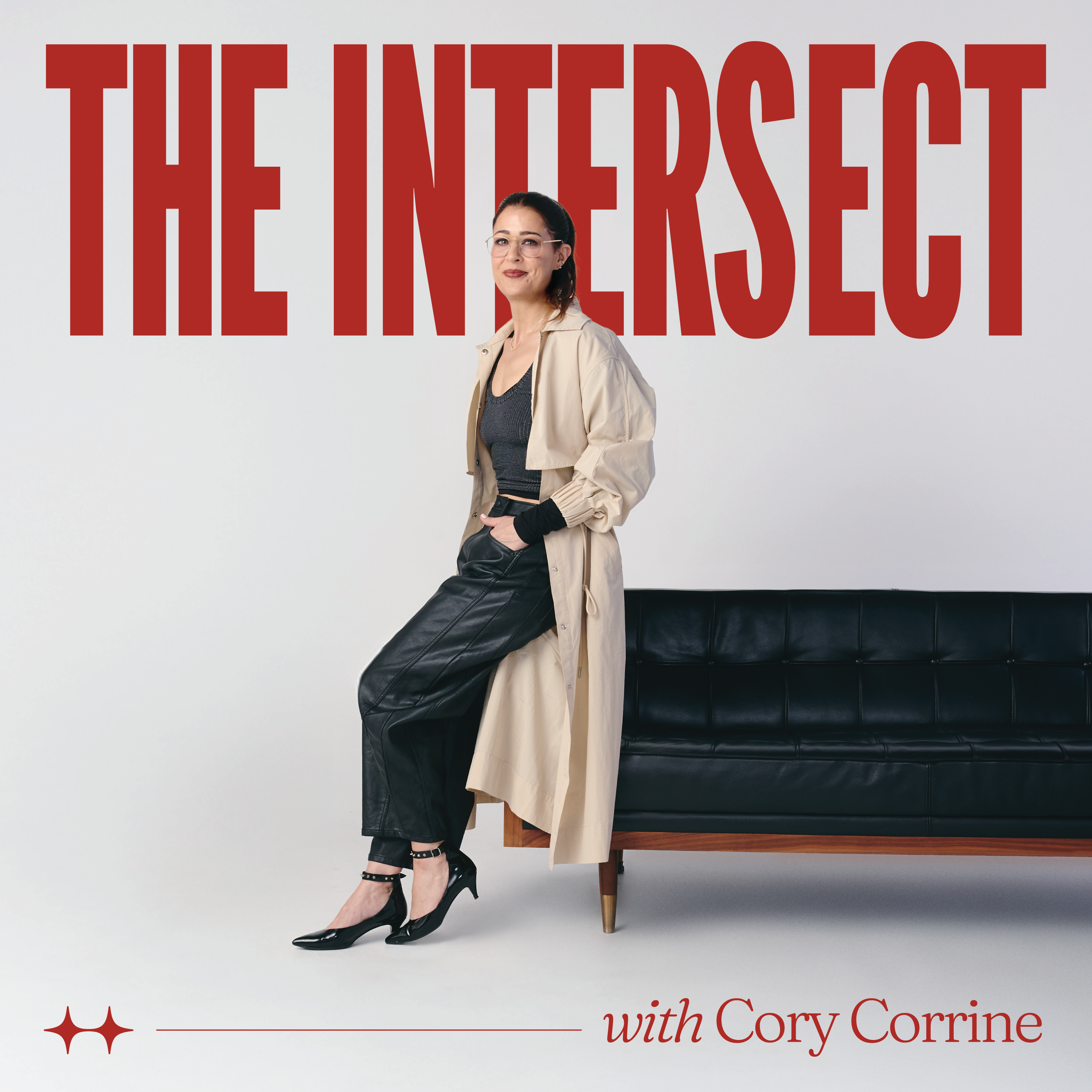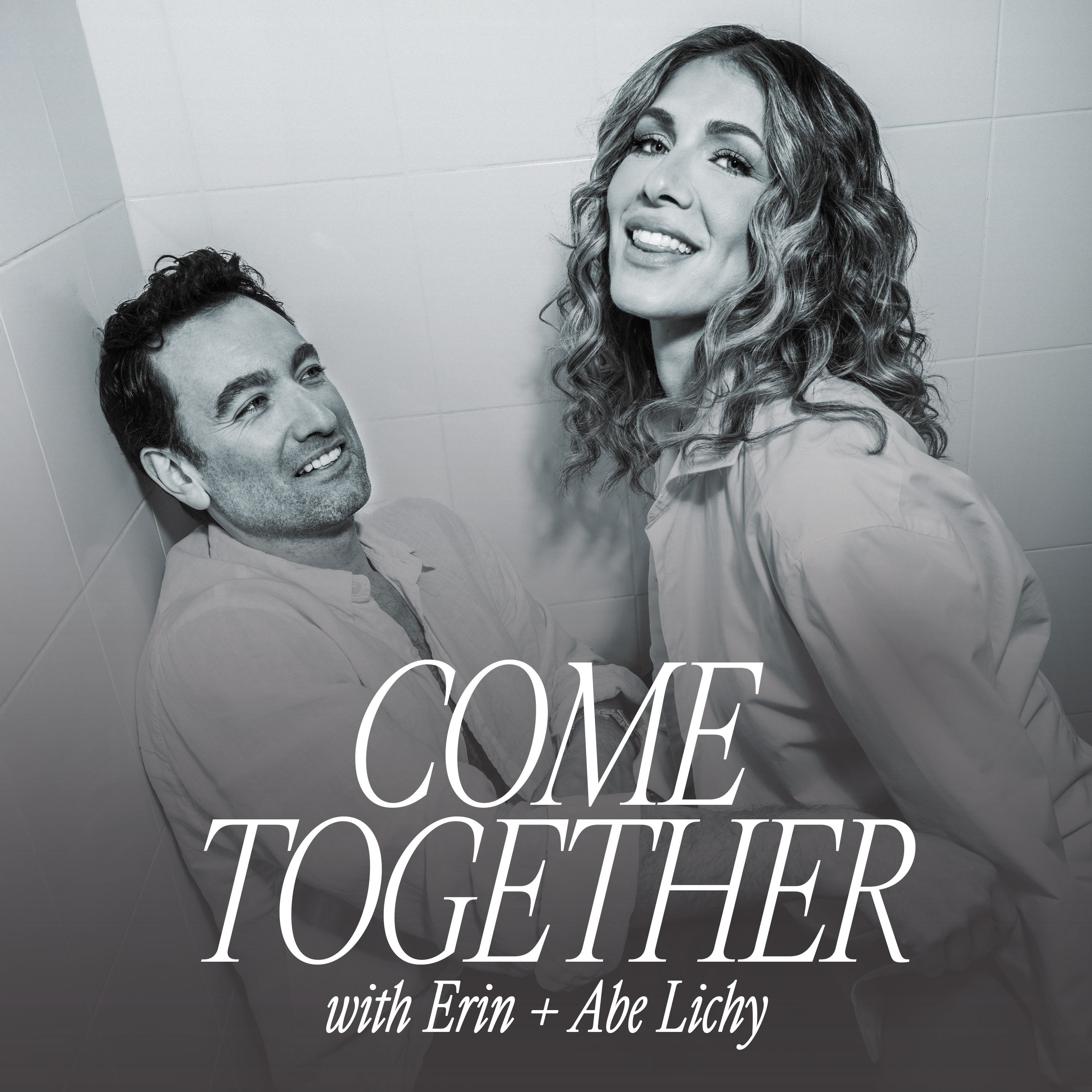A Grief Expert’s Six Stages to Processing Trauma

If you’ve ever told your parents you were going to therapy to “heal your trauma,” and they looked at you like you’d just announced you were quitting your job to move to Tatooine to become a Jedi, well, welcome to the club. To an older generation, trauma was just “life.” You pushed it down, slapped on a smile, and got over it.
Or, as Sophia Petrillo famously put it in The Golden Girls: “You had a problem? You fought, you drank, you got a little on the side. You dealt with it!
“For decades, the prevailing attitude was that talking about trauma made you weak. The post-war generations prided themselves on their resilience—because they had to. Many of our parents and grandparents grew up in environments where emotional suppression was the norm, mental health resources were scarce, and the American Dream meant grinning and bearing it. The “pull yourself up by your bootstraps” philosophy wasn’t just a catchy saying but a survival mechanism.
There were, however, some hints that trauma was taking its toll on the collective psyche, as evidenced by the rock music of the era. Was it The Rolling Stones singing about “Mother’s Little Helper,” Jim Morrison’s omnipresent primal scream as the frontman of The Doors, or The Beatles dropping acid and following a guru around India in an attempt to “tune in, turn on, and drop out” that signaled a flashpoint in how we deal with trauma?
Fast forward to today: We’ve had a massive cultural shift, thanks in no small part to the 1990s (again, thank your Gen X auntie) and its commitment to understanding PTSD in Vietnam War veterans. We now understand that trauma isn’t just “tough stuff that happened.” It physically rewires your brain, affects your relationships, and seeps into every aspect of your life. Healing isn’t about “getting over it.” It’s about acknowledging, processing, and finding ways to integrate those experiences so they don’t control you.
And that brings us to why you’re here: How exactly do we heal from our trauma?
Trauma is Not One-Size-Fits-All
First, let’s get one thing straight—no two people experience trauma the same way. What devastates one person might not even faze another. Trauma isn’t just about what happened to you; it’s about how your nervous system processed that experience. That’s why two people can go through the same event and come out with completely different emotional scars.
On a recent episode of The Skinny Confidential Him & Her Podcast, hosts Lauryn and Michael Bosstick sat down with David Kessler, one of the world’s foremost experts on grief and loss. Kessler is the real deal—author of seven books, including Finding Meaning: The Sixth Stage of Grief, and someone who has spent decades working with people navigating the darkest moments of their lives.
According to Kessler, grief and trauma are deeply intertwined. “All grief doesn’t have trauma,” he says, “but all trauma has grief.”
When we go through trauma, we’re grieving something—a sense of safety, trust, identity, or even self-worth. That’s why healing has to involve both trauma work and grief work. If you only address one, you leave a huge part of the equation unresolved.
The Stages of Healing
You’ve probably heard of the five stages of grief—denial, anger, bargaining, depression, and acceptance. Kessler, however, added a sixth stage: finding meaning. It’s not about finding some grand cosmic justification for your pain but about discovering how to integrate your experience in a way that helps you move forward. “It’s about post-traumatic growth,” he explains. “How do we take what happened and make meaning from it?”
For those wondering if there’s a roadmap to healing, here’s the gist:
- Acknowledge it: You don’t have to give a TED Talk about your childhood wounds, but suppressing trauma only makes it fester.
- Process the emotions: Whether through therapy, journaling, or ugly crying in the shower, those feelings need an outlet.
- Accept that healing is non-linear: You don’t just hit “acceptance” and ride off into the sunset. Some days, you’re fine; others, you’re back in the trenches. That’s normal.
- Find meaning: What did this experience teach you? What did it change about you? How can you grow from it?
- Build connection: Healing doesn’t happen in isolation. Talking to others who’ve been through similar experiences (whether in support groups, therapy, or even close friendships) can be incredibly validating.
The Power of Support
One of the most important takeaways from Kessler’s work is that healing happens in connection with others. “Feelings need to be witnessed,” he says. You don’t need someone to fix you—you just need someone to listen without judgment. And, in fairness, that’s hard to find. Most people want to slap a Band-Aid on your pain by saying things like “At least it wasn’t worse” or “everything happens for a reason.” (Pro tip: Never say that to someone grieving. It’s the emotional equivalent of throwing a wet napkin at a house fire.)
If you’re supporting someone through trauma or grief, the best thing you can do is simply say, “I don’t have the right words, but I’m here.” That’s it. That’s the magic formula.
What If You’re Stuck?
Sometimes, trauma keeps us frozen. If you feel like you’re going in circles, it might be time to ask for professional help. Kessler runs an online grief support network called Tender Hearts, where people can join groups specifically tailored to their type of loss. From addiction-related grief to sudden loss, he emphasizes that having a space to share with people who get it is crucial.
Another tip? Move your body. Trauma isn’t just stored in your mind; it lives in your body. Whether taking a walk, practicing yoga, or dancing like no one’s watching, movement can help release some pent-up energy.
Fear Doesn’t Stop Death—It Stops Life
Kessler leaves us with one of the most powerful reminders: “Fear doesn’t stop death. Fear stops life.” Worrying about what happened, what could happen, and what might happen in the future only keeps you from living fully. Healing from trauma doesn’t mean erasing the past; it means learning to live alongside it without letting it define you.
So, if you’ve been carrying around something heavy, consider this your permission slip to start unpacking it. Healing might not be a straight road, but it’s worth walking. And if all else fails, take Kessler’s advice: “If you are hopeless, that’s okay for now. Your loss may be permanent, but your loss of hope is temporary. I can hold hope for you until you find it again.”




















Leave a Reply